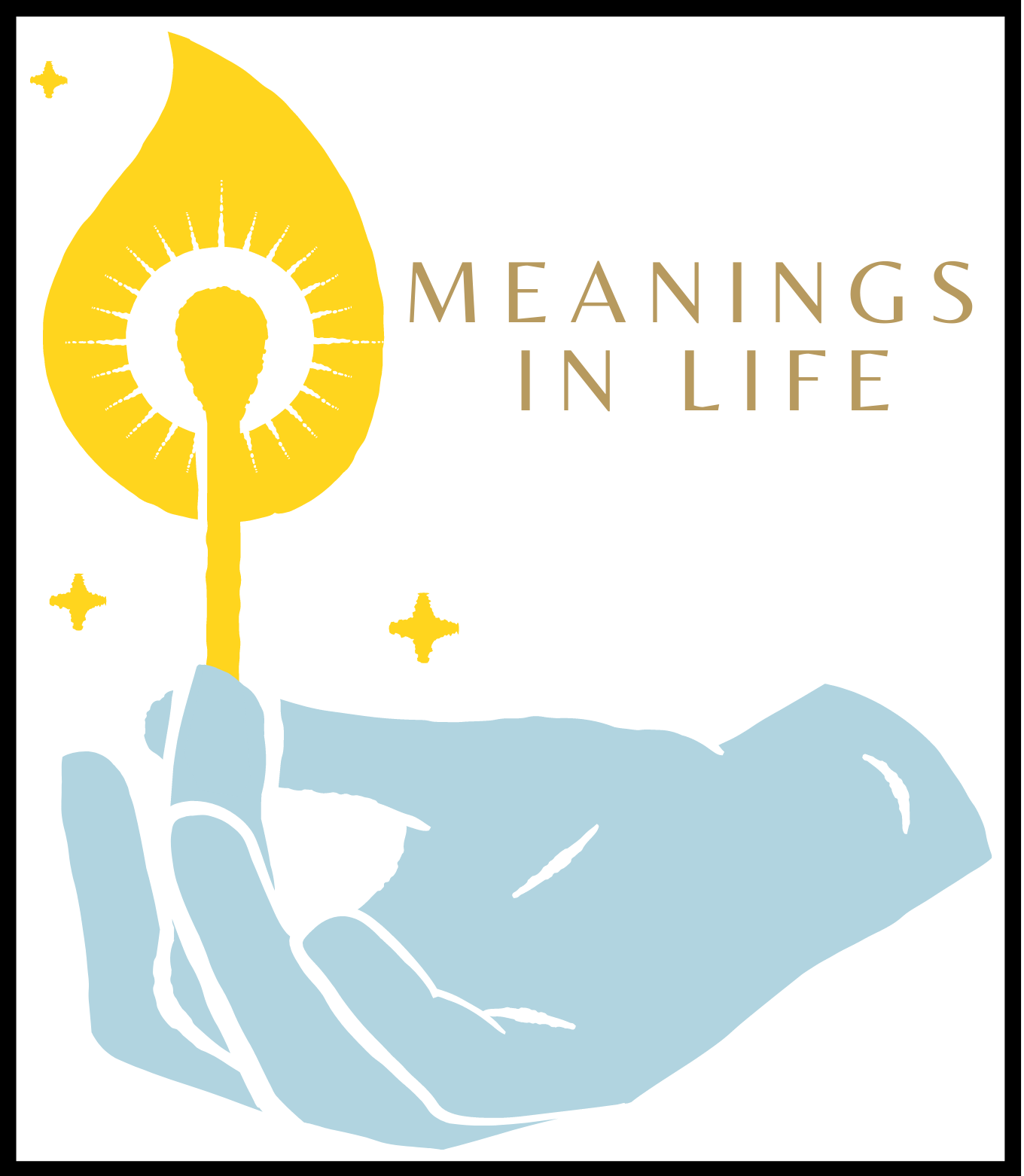Introduction: The Whistle of the Soul
Unfurling the Melodic Journey: A Brief History of Whistling Across Cultures
Whistling, in its simplest form, is the act of producing sound by constricting airflow through pursed lips. But to understand its spiritual significance, one must journey into its rich, melodious history.
Interestingly, whistling has been an integral part of human expression since prehistoric times. Cave paintings in France dating back 18,000 years depict hunters whistling to capture deer.
Across cultures and continents, whistling blossomed in diverse ways. Ancient Greeks used it during theatre performances for applause while Romans had specific whistle languages for shepherds to communicate across distant hills.
In Turkey’s Kuskoy village people use a fascinating “bird language” that involves intricate whistle patterns instead of spoken words. And what about the enchanting allure of sailors whistling away lonely nights at sea or cowboys communicating over sprawling prairies?
Not to mention ethereal folklore from Ireland where fairy-like beings are said to communicate via soft whistles. Truly – from mundane tasks to grand celebrations – our ancestors imprinted their emotions on each tweet and trill.
Sonic Spirituality: The Connection between Sound and Enlightenment
To pierce deeper into the spiritual dimension of whistling, we need to explore how sound itself holds a profound connection with spirituality. Sacred sounds have played vital roles in rituals and ceremonies across human civilization – spanning Buddhist chants, Islamic calls for prayer or Aboriginal didgeridoo music.
Sound is much more than mere vibrations perceived by ears; it appeals directly to our innermost feelings – compelling us towards introspection, harmony and transcendence. Music psychologist Daniel Levitin explains how music activates so many parts of our brain simultaneously that we feel a sense of interconnectedness, often associated with spiritual experiences.
Whistling, then, as a form of sound and music holds this same sacred potential. It’s a pure expression of the human spirit – a sonic fingerprint that remains unique to the whistler.
Despite its humble nature, the whistle manages to echo our inner emotions and aspirations while connecting us to realms beyond our physical world. Its seemingly simple act invites us on a voyage into the symphony of spirituality.
Whistling: More than Just a Melody

A Symphonic Symphony of the Spirit
Whistling is often seen as a simple, spontaneous expression of joy or boredom, an auditory doodle we sketch when alone or to entertain ourselves. However, it’s so much more than that.
Imagine the swirling cadences of a whistled tune as an energetic calligraphy inscribed into the very air around us. Each whistle we send forth interweaves itself inextricably with our soul’s intent, broadcasting our inner state to the wider world.
The spiritual symbolism of whistling is deeply steeped in ancient wisdom and tradition. It was believed to act as an ethereal conduit connecting us to higher realms.
In many ways, whistling was considered akin to prayer – both being powerful channels through which one’s divine desires could be manifested into reality. Many spiritual practitioners believe that whistling can actually alter the vibrational frequency of our aura and radiate positivity outwardly.
This positive energy then acts like a magnet drawing likeminded energies towards us. It’s no coincidence that we often whistle when happy or content – it’s a way by which we subconsciously enhance and extend these positive vibrations around ourselves.
A Whistle through World Religions
Interestingly enough, perceptions about whistling are not homogeneous across all religions and cultures; they vary widely and are influenced by diverse sets of beliefs. In Hinduism for instance, Lord Krishna is often depicted playing his flute enchanting all beings with his divine melody – this underlines the significance accorded to music and sound within this faith context: they’re considered sacred forms connecting humans with divinity.
Contrary on Christian tradition, especially within European folklore, whistling has been perceived as taboo or even sacrilegious as it was believed to invite ungodly spirits or conjure storms. Sailors particularly were said to have refrained from whistling on board to prevent summoning tempestuous winds.
Buddhism, yet another perspective, treats all sounds as potential catalysts for meditation and spiritual growth. The whistle of the wind, the rustling of leaves, or even a human-produced whistle could serve as a focus point for mindfulness practices.
This brief tour through religious beliefs underlines not just the diversity in perception, but also the profound depth that something as simple as a whistle can carry within it. Whether seen as divine communion or potential disruptor of peace, there’s no denying that whistling carries more than just a melody – it carries echoes of our shared humanity with its myriad beliefs and customs.
Whistling as a Spiritual Practice: The Melody of Mindfulness
Whistling has long been recognised as more than just an idle pastime. Many spiritual practitioners and teachers view it as an effective tool to maintain mindfulness and summon inner tranquility.
The calming rhythm of breath needed to whistle creates a natural cadence that can help soothe the mind, much like the rhythmic breathing exercises employed in yoga or meditation. The act of whistling compels us to focus on our breath – an essential component of many mindfulness techniques.
As we whistle, we create sound and rhythm from our own life force: our breath. This process encourages us to be present in the moment, turning the simple act of breathing into something tangible that we hear and feel – thus promoting a sense of self-awareness.
Moreover, whistling can serve as a gentle reminder throughout one’s day-to-day life to stay grounded and present. Whether you’re whistling while you work or during a peaceful stroll in nature, the melodious sound serves as an acoustic cue prompting you to return your attention to your surroundings and be fully engaged with the task at hand.
The Shaman’s Song: Whistles in Ancient Traditions
Delving deeper into spirituality, whistling has also been integral to certain shamanic traditions worldwide. Shamans – sometimes referred to as spiritual healers or medicine men – use specific sounds during their rituals for healing or communicating with spirits; among these sounds is often the distinct tune produced by whistles. In some cultures, it was believed that each person had their own unique whistle language used by their spirits or ancestors—a personal melody if you will—that shamans could access through trance-like states.
They would then whistle these melodies during rituals for protection or guidance from these spirit guides. For example, traditional shamans from Siberia were known for their ‘whistling into the wind’ ritual.
They used whistles made from bones to produce what they believed were ‘voices of the spirits’. The Inuit people of Greenland also had a fascinating practice where women would whistle at the Northern Lights to summon spirits.
Indeed, these rich traditions underscore the potent spiritual significance whistling has held across different cultures and epochs. They evidence the profound capacity for such a seemingly simple act to connect us with our spirituality and facilitate communication with realms beyond the tangible.
The Harmonics of Healing: Whistle Your Way to Wellness
Have you ever considered the therapeutic benefits of whistling? Beyond its simple amusement, it can act as a potent stress reliever. A seemingly mundane action, when used mindfully, can transform into a form of catharsis.
Engaging in the art of whistling encourages deep breathing similar to that practiced in yoga and meditation, leading to an overall state of calmness and tranquility. Further research suggests that whistling has the capacity to elevate one’s mood.
The process involves using your breath control and voicebox, inevitably producing endorphins – our body’s natural painkillers and happy hormones. It’s like singing; you become your own wind instrument engaging in an enchanting melody that can uplift spirits.
Whistling can also aid cognitive functions by stimulating brain activity related to coordination and multitasking. It’s like creating harmonious music with your body, helping you feel attuned with yourself while also benefiting your mental health.
Melodic Myths: Superstitions Surrounding Whistles
Across the globe, whistles carry diverse superstitions; sometimes seen as lucky or unlucky depending on cultural contexts. The belief ranges from attracting wealth in Eastern Europe by whistling indoors, to invoking evil spirits or bad luck in many Asian cultures when one whistles at night. The ‘whistle at night’ superstition is particularly interesting – it is believed by some that nocturnal whistling may invite supernatural creatures or even cause financial loss.
This belief stems from ancient times when silence at night was crucial for survival against predators. Interestingly enough, these beliefs have persisted over centuries despite our vastly different lifestyles today due to their cultural significance and symbolic representations about respecting nature’s silence during twilight hours.
Feral Frequencies: Whistles in the Wild – Animal Spirituality
Birdsong, wolf howls, dolphin clicks; the natural world is overflowing with its own orchestra of whistles. These sounds act as complex communication systems among animals, often linked to mating calls or territorial markers. They’re more than just noises; they’re a vital part of animal spirituality and survival.
Our human whistle echoes these animalistic melodies and can connect us further with nature’s resonances. The language of nature transpires through frequencies and vibrations – understanding this can enhance our sense of connectivity and unity with the environment around us.
We can learn much from animal communication when we tune into their channels. Their songs remind us about the simplicity yet profundity of existence, reinforcing a spiritual bond that humankind shares with all living creatures.
The Soul’s Symphony: Famous Spiritual Whistles & Their Meanings
Folklore to modern music is peppered with instances where whistling has been used as a spiritual tool or symbol. From legends where mythical beings communicated via whistling to contemporary songs employing it for an emotive effect – whistling carries a rich legacy within its tunes.
Decoding the meanings behind these famous spiritual references reveals deeper metaphoric connotations related to freedom, joy, or even sorrow sometimes. Be it Otis Redding’s ‘Sitting on The Dock of The Bay’ or ‘Don’t Worry Be Happy’ by Bobby McFerrin—each whistle tune embodies a unique story waiting to be discovered.
Airborne Amen: Conclusion – Embracing the Power of the Pucker
Whistling, as we’ve learned is not merely child’s play but holds profound cultural significance across time and space. It offers therapeutic benefits, connects us with the natural world, and resonates with subliminal spiritual frequencies. So next time you purse your lips to whistle, remember you’re not just creating a melody but embarking on a unique spiritual journey.
The Chronicles of Chirps: Fun Fact Finale!
Did you know that there’s an International Whistlers Convention held annually? Or that whistling was once considered a secret language among burglars in Victorian England? The history and culture surrounding whistling are as fascinating as it is diverse.
And talk about quirky world records; the longest whistle marathon lasted 25 hours and was achieved by Suresh Kumar Karna from Nepal. Now isn’t that something to whistle about?




